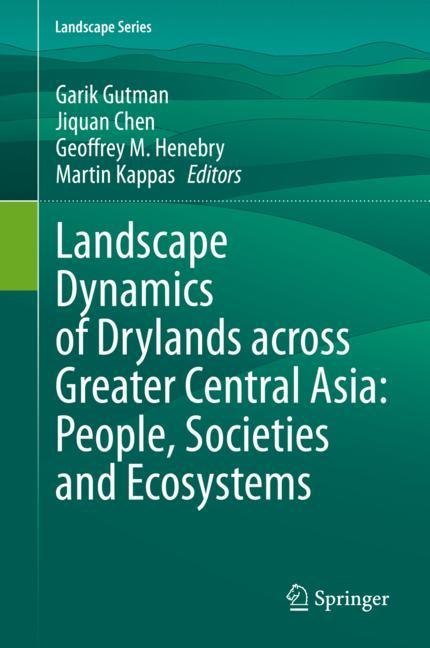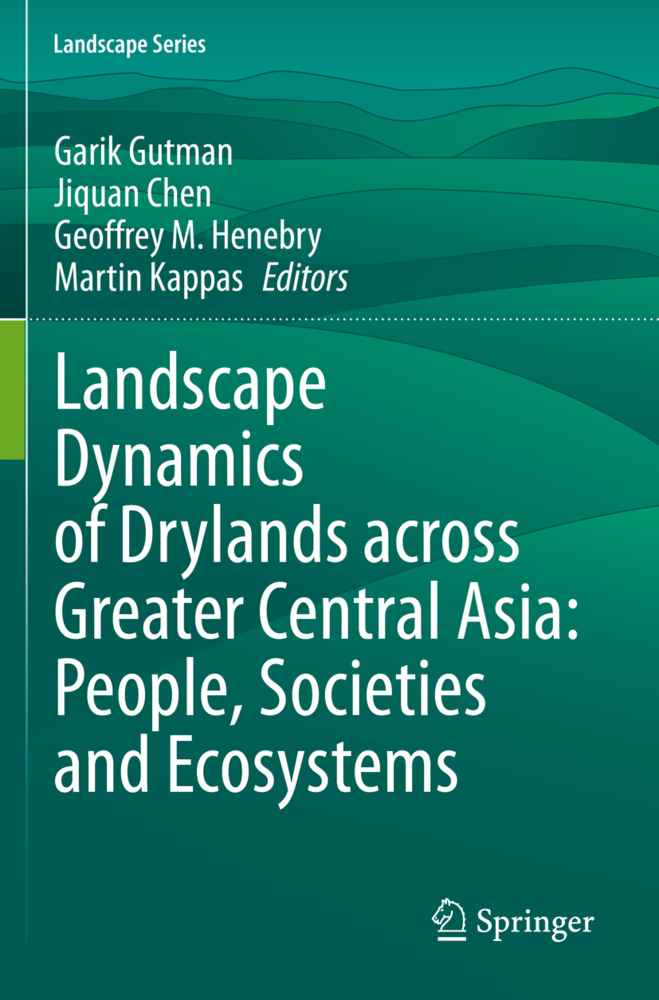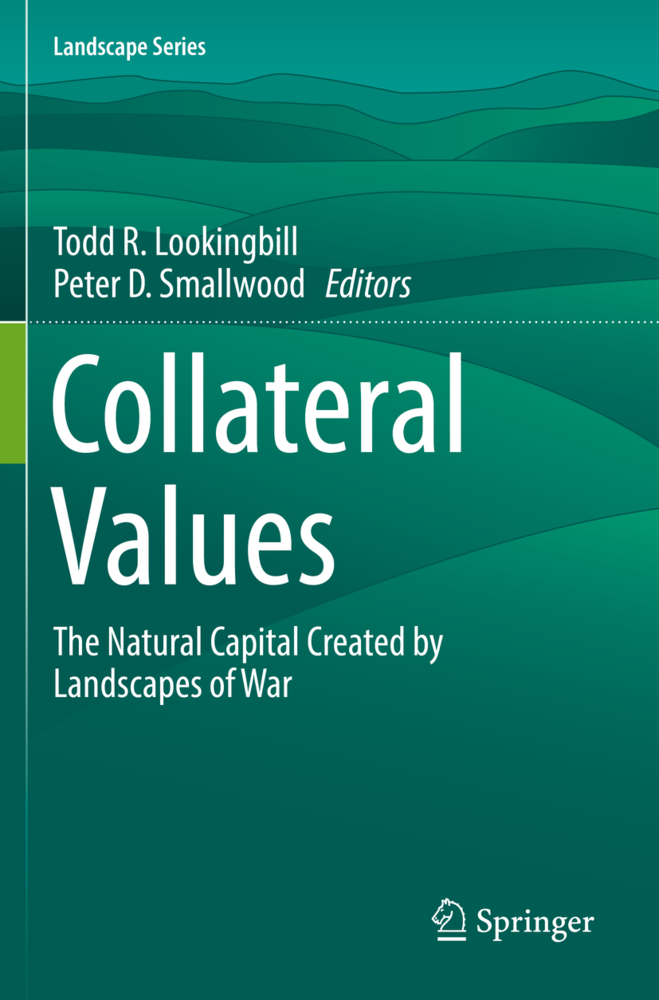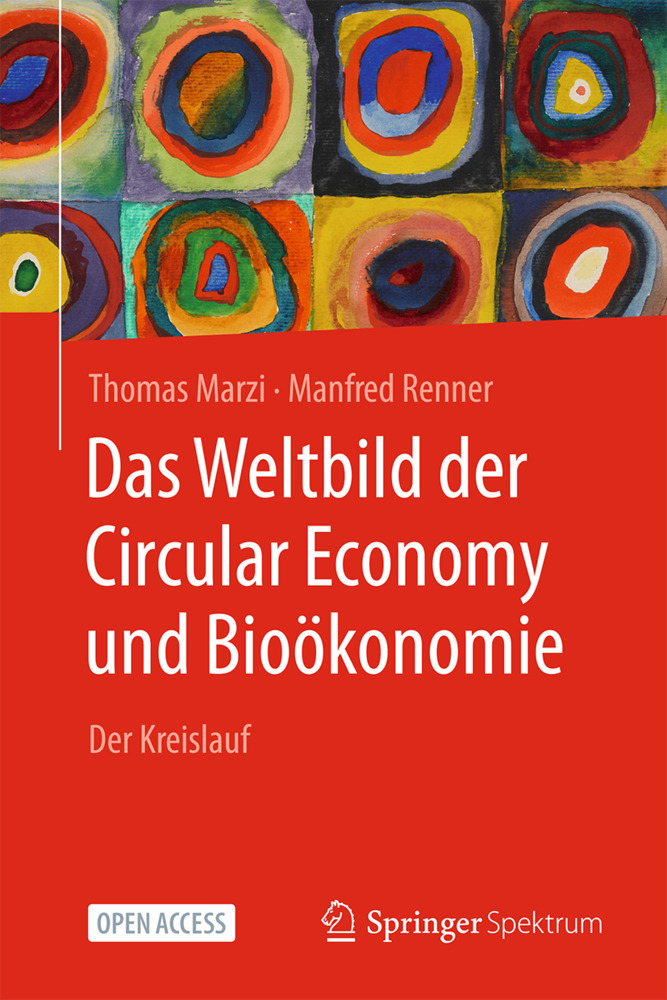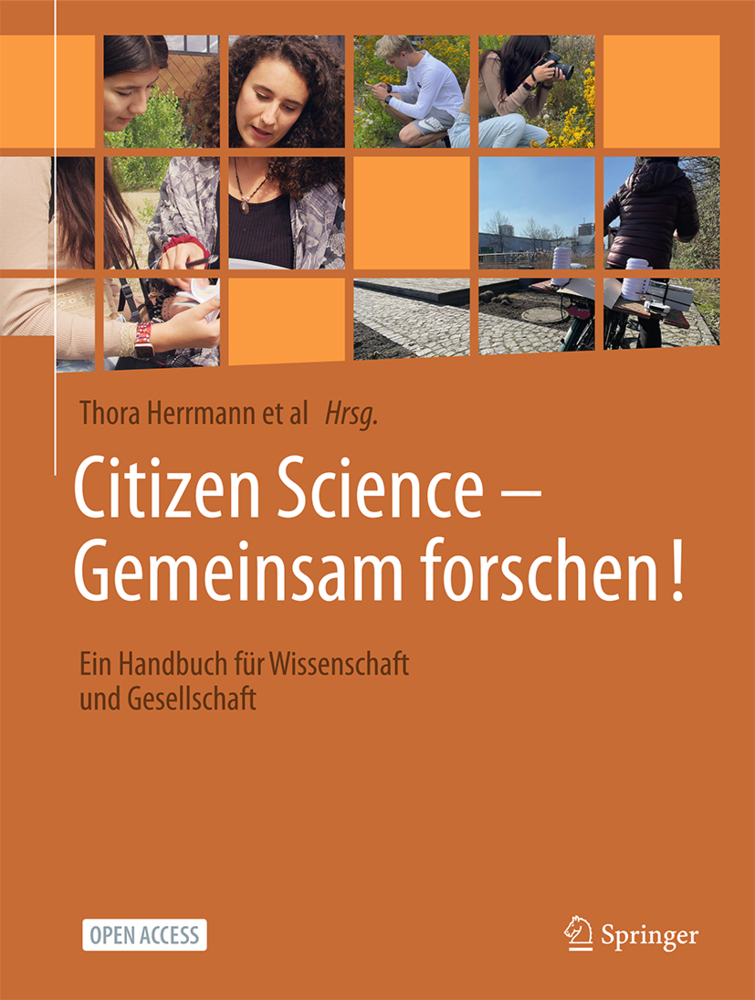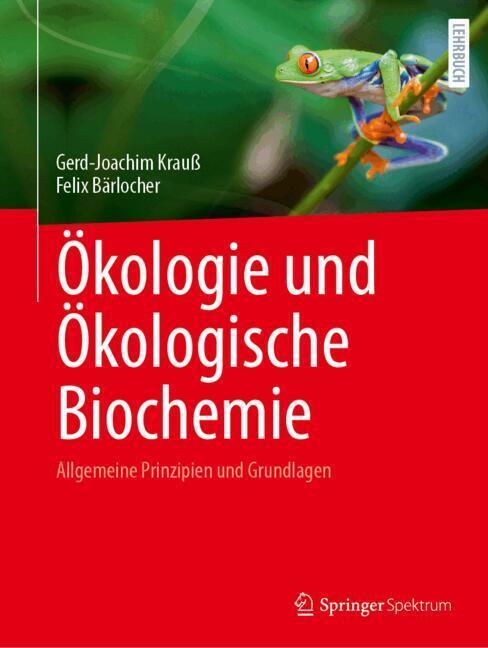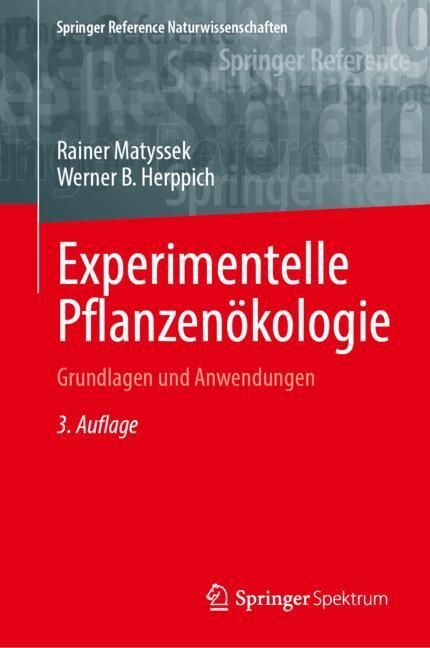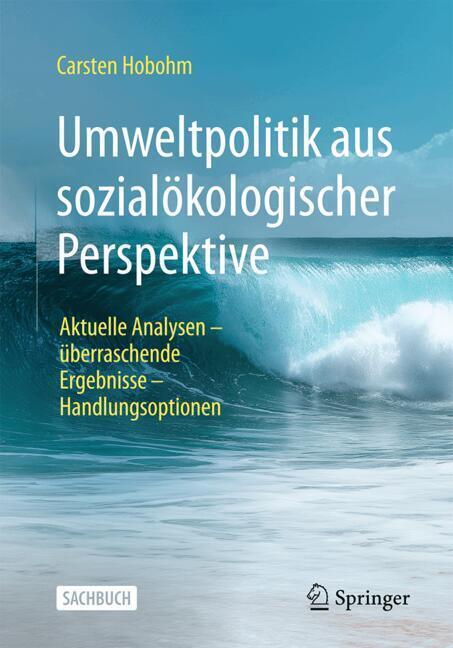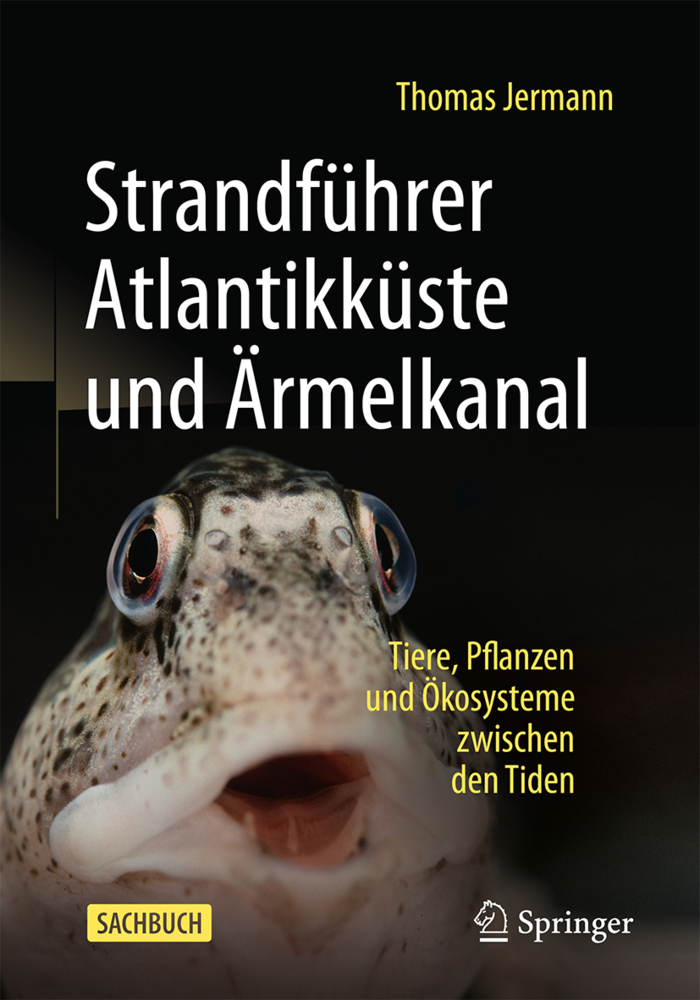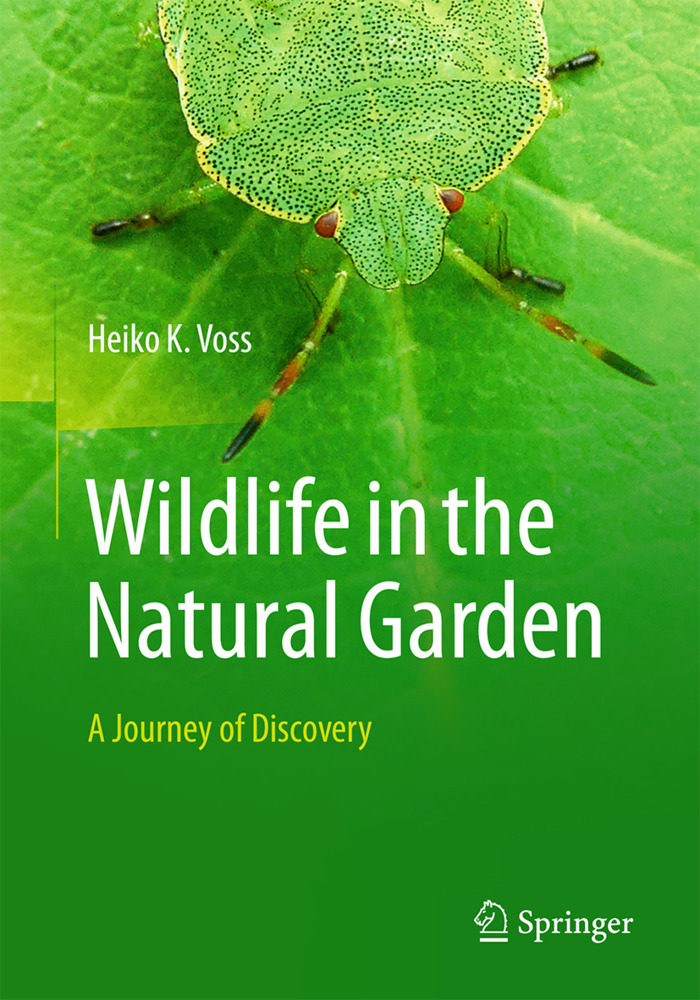Landscape Dynamics of Drylands across Greater Central Asia: People, Societies and Ecosystems
This volume is a compilation of studies on interactions of changes in land cover, land use and climate with people, societies and ecosystems in drylands of Greater Central Asia. It explores the effects of collapse of socialist governance and management systems on land use in various parts of Central Asia, including former Soviet Union republics, Mongolia and northern drylands of China. Often, regional land-atmosphere feedbacks may have large global importance. Remote sensing is a primary tool in studying vast dryland territories where in situ observations are sporadic. State-of-the-art methods of satellite remote sensing combined with GIS and models are used to tackle science questions and provide an outlook of current changes at land surface and potential scenarios for the future.
In 10 chapters, contributing authors cover topics such as water resources, effects of institutional changes on urban centers and agriculture, landscape dynamics, and the primary drivers of environmental changes in dryland environment. Satellite observations that have accumulated during the last five decades provide a rich time series of the dynamic land surface, enabling systematic analysis of changes in land cover and land use from space.
The book is a truly international effort by a team of scientists from the U.S., Europe and Central Asia. It is directed at the broad science community including graduate students, academics and other professionals at all levels within natural and social sciences. In particular, it will appeal to geographers, environmental and social scientists, economists, agricultural scientists, and remote sensing specialists.
Dr. Garik Gutman is a Program Manager for the NASA Land-Cover/Land-Use Change (LCLUC) Program. He received his Ph.D. in Climate Modeling in 1984, was a National Research Council of the National Academy of Sciences Fellow at National Oceanic and Atmospheric Administration (NOAA) and then worked there 14 years as a research scientist. His research focused on remote sensing of the Earth's land surface and atmosphere from space. In 1996, for developing an original technique using satellite data for reliable analyses of the Earth's vegetation cover and its long-term variations, Dr. Gutman received the U.S. Department of Commerce Bronze Medal Award.
Dr. Jiquan Chen received his PhD in Ecosystem Analysis from University of Washington and is currently a professor at Michigan State University. He was a Bullard Fellow at Harvard University and on the faculty at Michigan Tech University and University of Toledo. He is broadly interested in ecosystem analysis, landscape ecology, conservation biology, biophysics, global change, land use, urban studies, and the sustainability of socioeconomic-ecological systems. He has conducted research on edge effects in fragmented landscapes, 3D canopy of forests, ecosystem carbon/water/energy fluxes, riparian zone management, agricultural and bioenergy crops, grassland (rangeland) ecology, dynamics of urban systems, and the role of institution in shaping landscape-regions under the changing globe. He is a fellow of the Ecological Society of America and a fellow of the American Association for the Advancement of Science. He serves as the Editor-in-Chief for Ecological Processes, and the book series of Landscape Studies by Springer.
Dr. Geoffrey Henebry received his MS and PhD degrees in Environmental Sciences from The University of Texas at Dallas. He is a full professor in the Department of Geography, Environment, and Spatial Sciences at Michigan State University. He was a Senior Fulbright Research Fellow at Instituto National de Pesquisas Espacias (INPE) in Brazil, and he served on the faculties at Kansas State University, Rutgers University-Newark, University of Nebraska-Lincoln, and South Dakota State University. His research interests are broad and involve in the use of remote sensing and geospatial technologies to study environmental patterns and processes, including quantitative analysis and modeling of land surface phenology and land cover/land use change. Geoff is active in the American Geophysical Union and the North American Chapter of the International Association of Landscape Ecology. He serves as an Associate Editor for Remote Sensing of Environment and on the editorial boards of Landscape Ecology and International Journal of Biometeorology.
Dr. Martin Kappas is a University Professor of Geography and the head of the Cartography, GIS and Remote Sensing Section of the Georg-August University of Göttingen, Germany. His remote sensing laboratory is a full member of EARSeL (European Association of Remote Sensing Laboratories) and takes part as active member of International DesertNET (Competence Network for Research to Combat Desertification). Martin's research interests are broad and include topics such as landscape evaluation using techniques of geoinformatics and ground truth data collection. His main research theme is the use of remote sensing and GIS to study land cover / land use changes. He is currently working on diverse interdisciplinary projects in Central Asia, Africa, Vietnam and Europe. He is a reviewer for the German Science Community (DFG) and the German Humboldt Foundation. Martin also serves actively inside various societies such as the German Society of Photogrammetry and Remote Sensing and the German International Institute for Applied Systems Analysis (IIASA). He currently serves on the editorial board of Ecological Processes.
1;Preface;6 2;Contents;8 3;About the Editors;10 4;Acronyms;13 5;Chapter 1: Multiple Perspectives on Drylands Across Greater Central Asia;16 5.1;References;21 6;Chapter 2: Dry Land Belt of Northern Eurasia: Contemporary Environmental Changes;25 6.1;2.1 Introduction;25 6.2;2.2 Observed Climatic Changes;27 6.2.1;2.2.1 Changes in Regional Surface Air Temperature;27 6.2.2;2.2.2 Changes in Atmospheric Circulation;28 6.2.3;2.2.3 Changes in Atmospheric Precipitation;29 6.2.4;2.2.4 Changes in the Cryosphere;30 6.2.5;2.2.5 Changes in River Discharge;30 6.3;2.3 Conclusions;33 6.4;References;33 7;Chapter 3: Recent Land Surface Dynamics Across Drylands in Greater Central Asia;38 7.1;3.1 Introduction;38 7.1.1;3.1.1 Spatiotemporal Variation in Major Land Cover Types;39 7.1.2;3.1.2 Significant Trends in Land Surface Temperature;40 7.1.3;3.1.3 Linking Observed LST Trends to Major Land Cover Types;41 7.2;3.2 Study Area;42 7.3;3.3 Data;42 7.4;3.4 Methods;43 7.4.1;3.4.1 Visualizing Spatiotemporal Stability and Variation;43 7.4.2;3.4.2 Detecting Significant Trends in the Thermal Regime and Linking to Political Entities;44 7.4.3;3.4.3 Linking Changes in the Thermal Regime to Major Land Cover Types;44 7.5;3.5 Results;45 7.5.1;3.5.1 Regional Stability and Variation of Major Land Cover Types;45 7.5.2;3.5.2 Significant Changes in the Thermal Regime Linked to Political Entities;47 7.5.3;3.5.3 Changes in the Thermal Regime Linked to Major Land Cover Types;51 7.6;3.6 Discussion;53 7.6.1;3.6.1 Regional Stability and Variation of Major LCTs;53 7.6.2;3.6.2 Significant Thermal Trends Linked to Political Entities;54 7.6.3;3.6.3 Significant Thermal Trends Linked to Major LCTs;55 7.7;3.7 Conclusions;56 7.8;References;56 8;Chapter 4: Quantifying the Anthropogenic Signature in Drylands of Central Asia and Its Impact on Water Scarcity and Dust Emissions;61 8.1;4.1 Introduction: Anthropogenic Dust Assessments;61 8.2;4.2 Reconstruction of the Human Growth in the Region;69 8.3;4.3 Quantifying the Water Resources Used for the Agriculture;71 8.3.1;4.3.1 Water Use for Agriculture;74 8.3.2;4.3.2 Analysis of Changes in Regional Water Stress;75 8.4;4.4 Conclusions;77 8.5;References;79 9;Chapter 5: The Complexity and Challenges of Central Asia's Water-Energy-Food Systems;82 9.1;5.1 Introduction;82 9.2;5.2 Water-Energy-Food in Central Asia;84 9.2.1;5.2.1 Perspective;84 9.2.2;5.2.2 Interrelationships;85 9.3;5.3 A Systems Approach;86 9.3.1;5.3.1 Perspective;86 9.3.2;5.3.2 The Soviet Experiment and Its Aftermath;87 9.4;5.4 WEF Challenges;90 9.4.1;5.4.1 Water;90 9.4.2;5.4.2 Energy;91 9.4.3;5.4.3 Food;92 9.5;5.5 Conclusions;93 9.6;References;94 10;Chapter 6: Assessment of the Influences of Dust Storms on Cotton Production in Tajikistan;97 10.1;6.1 Introduction;97 10.2;6.2 Dust Storms, Dust Hazes, and Their Effects;98 10.3;6.3 Cotton Production and Dust Impacts on Yields;100 10.4;6.4 Conclusions;111 10.5;References;114 11;Chapter 7: Population and Urban Dynamics in Drylands of China;116 11.1;7.1 Introduction;116 11.2;7.2 Methods;118 11.2.1;7.2.1 Study Area;118 11.2.2;7.2.2 Data and Methods;121 11.2.2.1;7.2.2.1 Urban Built-Up Land of the Drylands Region and the Provincial Capital Cities;121 11.2.2.2;7.2.2.2 Demographic, Socio-Economic, and Environmental Data and Analysis;121 11.3;7.3 Findings;122 11.3.1;7.3.1 Population Dynamics;122 11.3.2;7.3.2 Urban Population Change and Urban Built-Up Land in the Provinces in Drylands China;123 11.3.3;7.3.3 Urban Expansion in Drylands Provincial Capital Cities and Environmental Impacts;125 11.4;7.4 Discussion;127 11.4.1;7.4.1 Possible Drivers for Population Dynamics;127 11.4.2;7.4.2 Urban Expansion;127 11.4.3;7.4.3 Urbanization in the Context of Drylands;128 11.5;7.5 Conclusions;129 11.6;References;131 12;Chapter 8: Hydrology and Erosion Risk Parameters for Grasslands in Central Asia;134 12.1;8.1 Introduction;134 12.2;8.2 Methods;137 12.2.1;8.2.1 Study Area;137 12.2.2;8.2.2 Data and Methods;137 12.3;8.3 Results and Discussion;141 12.4;References;
Gutman, Garik
Chen, Jiquan
Henebry, Geoffrey M.
Kappas, Martin
| ISBN | 9783030307424 |
|---|---|
| Artikelnummer | 9783030307424 |
| Medientyp | E-Book - PDF |
| Copyrightjahr | 2020 |
| Verlag | Springer-Verlag |
| Umfang | 236 Seiten |
| Sprache | Englisch |
| Kopierschutz | Digitales Wasserzeichen |

